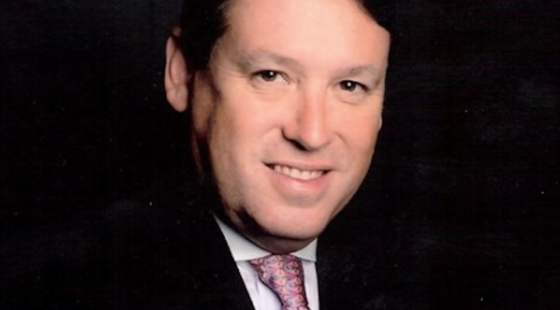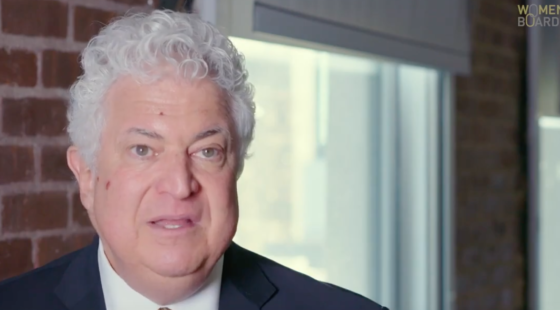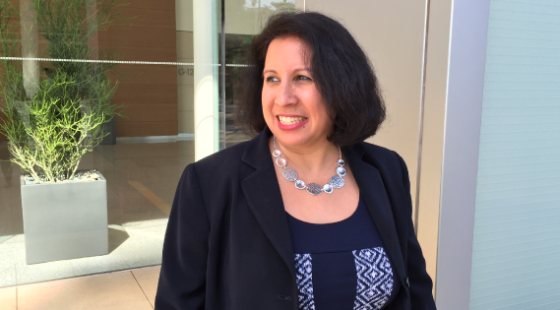 Partner at Winston & Strawn LLP
Partner at Winston & Strawn LLP
Board Member, BMO Financial (“BMO” TSE and NYSE)
Chair of the Nominating & Governance Committee, BMO Financial
Member of the Human Resources, Compensation & Risk Review Committees, BMO Financial
Vice Chair of the Board of Rush University Medical Center
Christine’s Keys to Success:
- Never walk into a board interview without knowing all the information you can find on the company, its competitors, and the people you are going to meet
- Come to board meetings prepared with three or four key questions or points to make
What steps did you take to prepare for the board interview process that benefited you most?
I grew up in the securities industry in New York. There, you were taught to never walk into a business meeting without knowing all the information you could find on the company, its competitors and the people you were going to meet. I used that training when I prepared for the meeting with BMO in Toronto. I read their securities filings and those of the five competitor banks in Canada. I read about their governance structure, the other directors, management and the CEO, and since I didn’t know as much about the structure of banking in Canada, I read about that too. It turns out that management and the board like to hear that you are aware of their key priorities, know who their competitors are and have a good understanding of some of their challenges, including the regulatory environment for highly regulated institutions.
Tell us about your first year as a board director. Are there information, tips or suggestions you can share?
Do your best to come to the meetings prepared with three or four key questions or points to make. Remember, directors oversee management and should avoid rethinking management decisions. So often I see new directors engage management on issues as if they were members of management. Instead, the board should create key management priorities, agree on key information they want from management and be sure management knows when authority is delegated to them and when it is not. And one key tip: try reading board materials starting back to front. Why? Often directors are tired or rushed by the time they reach the final set of materials and they may miss key issues. Having a director who has keenly focused on those final materials can be very helpful.
What is the ONE essential piece of advice you’d give to other senior-level executive women who are on a journey to their first seat at the table? This could be from your personal experience, or perhaps advice that you’ve received and found to be true from someone within your network or at large.
I am passionate about helping other women who want to join boards. One piece of advice I often share—and this may seem pretty obvious—is for senior-level executive women to pursue board service while they are still in their senior executive roles. Even though some women are concerned that they may not be able to do their day jobs and serve on a board at the same time, they should have a conversation with someone who currently sits on a board. Get realistic advice about the amount of time it takes and what the responsibilities are. But also ask them whether the outside board is helpful to them in their current executive roles. I have found that most executives say their board service has helped them in their roles as executives—it gives them perspective, balance and insight into how boards view management from the other side of the table. Unfortunately, if women decide they should wait until after they retire to go on boards, they may miss out on that added experience. And, women who are in prominent executive roles may be perceived as more attractive board candidates than women who are recently retired. If you do pursue a board seat while still an executive, make sure you have a conversation with your CEO and, where appropriate, your board. It’s important to get their buy-in to your candidacy and to become comfortable with the time you will spend as a director of another company.
What is your favorite quote that inspires you?
The quote I like that is relevant to board experience comes from Sara Blakely, the successful woman entrepreneur who invented Spanx. She said, “Don’t be intimidated by what you don’t know. That can be your greatest strength and ensure that you do things differently from everyone else.” Many times women will walk into a boardroom and think they don’t deserve to be there because everyone else knows so much more than they do. They are concerned that they can’t add value. Not so. Boards are rebuilding themselves to enhance their diversity in all senses of that word. That includes directors whose greatest strength may be to ask the toughest or most unpopular questions at the right time. It takes many skills to build a strong board and it is important to include women directors in that mix. Key strengths that women bring to boards include asking great questions, representing a woman’s perspective on the company’s products, enhancing the ability of boards to reach consensus, or focusing on the diversity in the company’s employee, executive and vendor populations. In today’s environment, those are critical skills.
Christine Edwards, a corporate partner in Winston & Strawn’s Chicago office, is chair of the firm’s bank regulatory practice. She also serves on the Board of BMO Financial in Toronto and the Board of Rush University Medical Center in Chicago. In her practice, Chris specializes in regulation, corporate governance and public policy issues. Prior to joining Winston in 2003, Chris spent over 15 years as Executive Vice President and Chief Legal Officer at several large public financial services companies including Morgan Stanley and predecessor firms, from 1987 to 1999, and Bank One from 2000-2003.
Views From The Boardroom is an exclusive series from Women In The Boardroom, where corporate board directors share their experience, insight and wisdom and their view from the boardroom. Corporate board directors interested in participating should email membership@womenintheboardroom.com.
The opinions and experiences expressed by the interviewees do not necessarily reflect those of Women in the Boardroom.






